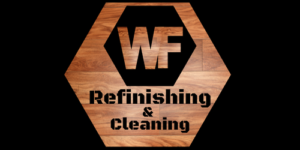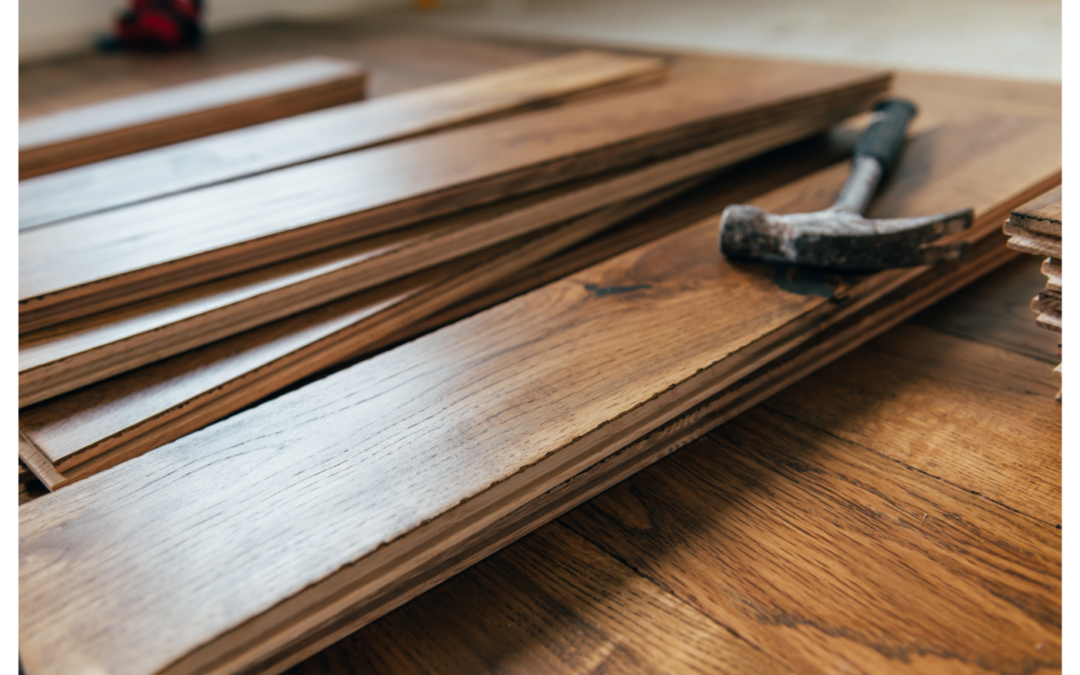Five Steps to Choose the Right Wood Floor for Your House
A Comprehensive Guide Introduction:
When it comes to flooring options, wood floors continue to be a popular choice due to their timeless beauty, durability, and versatility. However, with numerous types of wood floors available, selecting the perfect one for your house can be a daunting task. To help you make an informed decision, we have outlined five essential steps to guide you in choosing the right wood floor for your home. Additionally, we will provide a list of the six best types of wood floors to consider.
Step 1: Determine Your Style and Design Preferences
The first step in choosing the right wood floor is to identify your style and design preferences. Consider the overall aesthetic of your home, including its architectural style and existing décor. Decide whether you prefer a traditional, rustic, modern, or contemporary look. This will help narrow down your options and ensure that the wood floor you choose complements your home’s overall design.
Step 2: Consider Wood Species and Hardness
Different wood species have varying levels of hardness, grain patterns, and color variations. Some common wood species used for flooring include oak, maple, cherry, walnut, and bamboo. Harder wood species are more resistant to dents and scratches, making them ideal for high-traffic areas. Softer woods, on the other hand, can add warmth and character to your home but may require more maintenance. Consider your lifestyle, the level of foot traffic in your home, and the desired look when selecting a wood species.
Step 3: Determine the Type of Wood Flooring
There are several types of wood flooring available, including solid hardwood, engineered wood, and laminate. Solid hardwood flooring is made from a single piece of wood and offers unmatched authenticity and durability. Engineered wood consists of a top layer of real wood bonded to multiple layers of plywood or high-density fiberboard (HDF). It provides better resistance to moisture and temperature fluctuations. Laminate flooring replicates the look of wood using a high-resolution photograph covered by a protective layer, making it more affordable and easy to maintain.
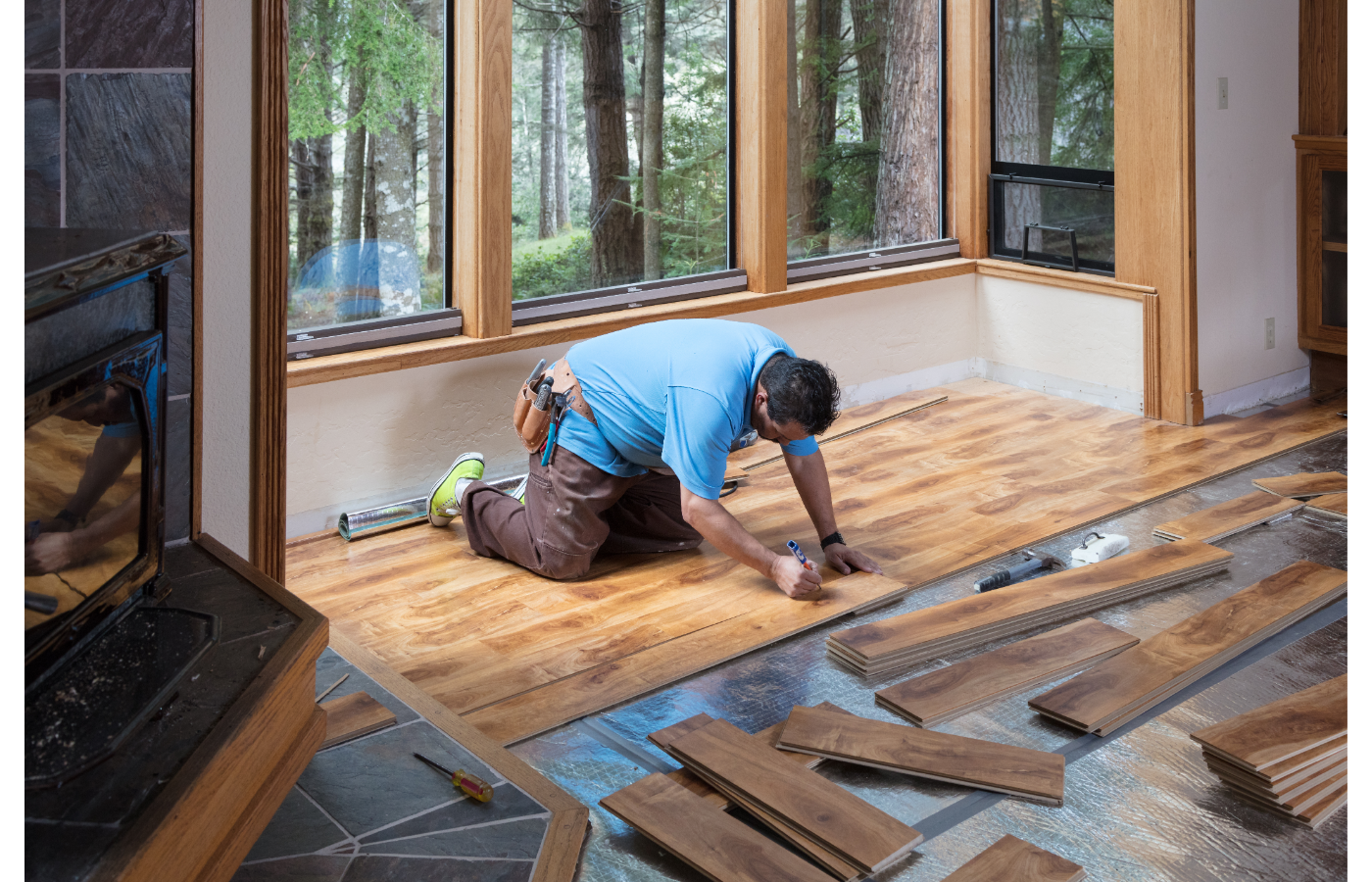
Step 4: Consider the Finish and Maintenance Requirements
The finish of your wood floor affects its appearance, durability, and maintenance requirements. Choose between pre-finished and site-finished options. Pre-finished flooring comes already coated with a protective layer in the factory, offering convenience and durability. Site-finished flooring, on the other hand, is finished on-site after installation, allowing for customization but requiring more time and effort. Consider the level of maintenance you are willing to undertake and the desired appearance when selecting a finish.
Step 5: Set a Budget and Seek Professional Advice
Before finalizing your decision, it is essential to establish a budget for your wood flooring project. Wood flooring costs can vary significantly based on the type of wood, quality, and installation requirements. Determine the amount you are willing to spend and ensure it aligns with your desired wood floor’s quality and longevity. Additionally, consult with professionals such as interior designers, flooring experts, or contractors who can provide valuable advice based on your specific needs and budget.
Top 6 Types of Wood Flooring:
- Oak: Oak is a classic and popular choice for wood floors. It is durable and has a beautiful grain pattern that varies from plank to plank.
- Maple: Maple is a light-colored wood that is known for its durability and hardness. It has a subtle grain pattern that works well in modern and contemporary homes.
- Cherry: Cherry is a darker wood with a rich, warm color. It has a distinctive grain pattern that adds character to any room.
- Walnut: Walnut is a dark, rich wood that is prized for its beauty and durability. It has a straight grain pattern with occasional swirls and knots.
- Hickory: Hickory is a hard, durable wood with a distinctive grain pattern. It has a rustic look that works well in country-style homes.
- Bamboo: Bamboo is a sustainable and eco-friendly alternative to traditional wood floors. It is durable and comes in a variety of colors and finishes.
Residential Wood Floor Cleaning
Commercial Wood Floor Cleaning
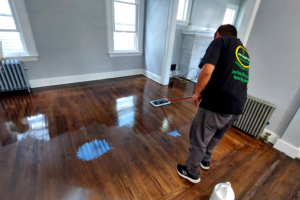
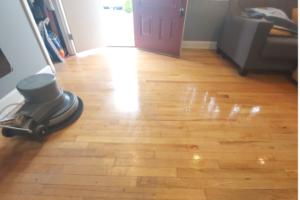
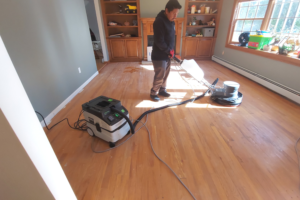
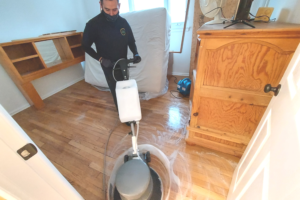
Floor Cleaning Topics:
- How to clean your sofa
- Steam Carpet Cleaning -Summit NJ
- How to dry carpet after cleaning
- How to get rid of odor in carpets
- Basement water damage -steam carpet cleaning
- Lear how to clean wood floor
- Why should i choose professional carpet cleaner
- Best Homemade carpet cleaner
House cleaning Topics:
- Why is cleaning my oven important?
- How to Clean and disinfect your apartment
- How to get rid of and prevent Bathroom Mold
- How to perform a general Kitchen cleaning
Looking for a Specialist Floor Cleaning Company near you?
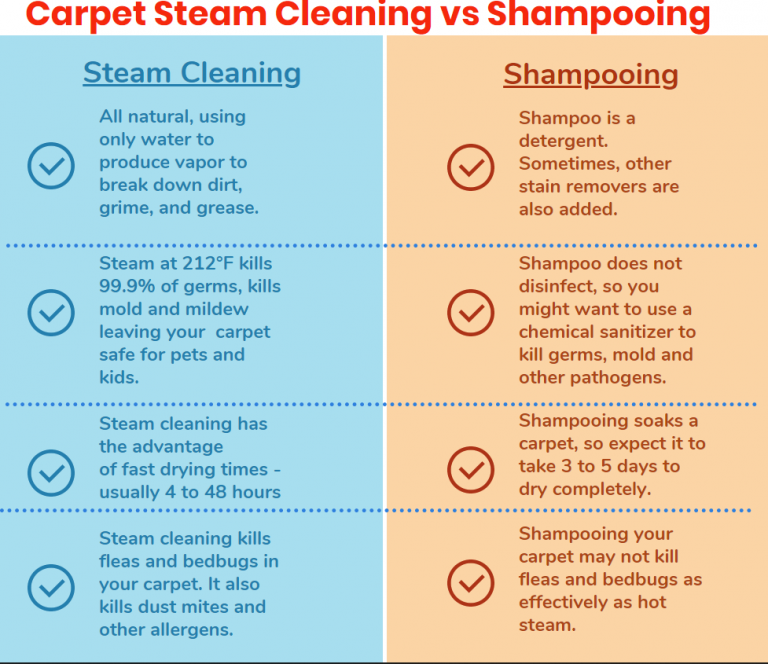
General Questions
How expensive is Clean & Recoat?
Prices will vary but typically a contractor will charge you less than what they would charge you for sanding and refinishing the floor. Pricing will depend on how much time they spend cleaning a floor, the type of finish they use and the number of applications of finish they make. Get several estimates but pay careful attention to how long they will take, how they will prep the surface and the type of finish they will use.
Is this a dusty, smelly process?
The smell of the chemicals used to clean the floors is comparable to typical household cleaners and are not toxic or hazardous. The buffers we use have dust containment systems attached to vacuums to minimize any dust from prep work. We only work with waterborne urethanes that have no offensive odors. Done correctly, Clean & Recoat is the least invasive recoating process on the market today.
How log will a Clean & Recoat last?
With proper care and maintenance and by following a common sense approach to reduce wear and damage, a floor that’s been recoated can give you years of excellent service. I’ve seen floors that I recoated more than ten years ago that are still in very good shape. Most floors that are being recoated will be getting a waterborne finish and these finishes are very good and easily maintained.
What is Laminate Flooring?
Laminate flooring is a tongue and groove interlocking flooring system that comes in either planks or squares. All of these floors have a wear layer, a decorative print film layer, an inner core structure, and some type of backing support layer — usually melamine. The print film layer is either fused or glued to the inner core. The print film can be a photo of any real floor. The earlayer is applied to the decorative print layer to protect the pattern. Melamine resins are the main component of the wearlayer. The melamine surface gets its incredible durability from aluminum oxide. Aluminum oxide is almost as hard as diamonds and provides unsurpassed wear and stain resistance.
What is Engineered Flooring?
Engineered flooring is produced by bonding three or more layers of wood. The crossing of grain direction within the boards makes this a very dimensionally stable product able to resist nearly all expansion and shrinkage from normal moisture changes. This is one primary feature that makes it suitable for use directly on concrete and below-grade application.
Will my floor age or change color?
Yes. You can expect to see shade differences in your floor over time. The cause is usually from exposure to the ultra-violet rays of the sun, whether direct or indirect. This color change will be more noticeable in lighter colors, which will darken over time. In addition, certain species like Brazilian cherry, will naturally darken over the years. These changes are due to the natural characteristics of wood and are not covered by most manufacturers’ warranties.
What is Custom Finishing?
Sanding and refinishing performed to individual specifications. Custom finishing of wood floors is performed in the home on the completely installed new floor, or to refurbish a previously finished floor. Custom finishing permits the owner to select from a full range of stains, sheens and colors.
